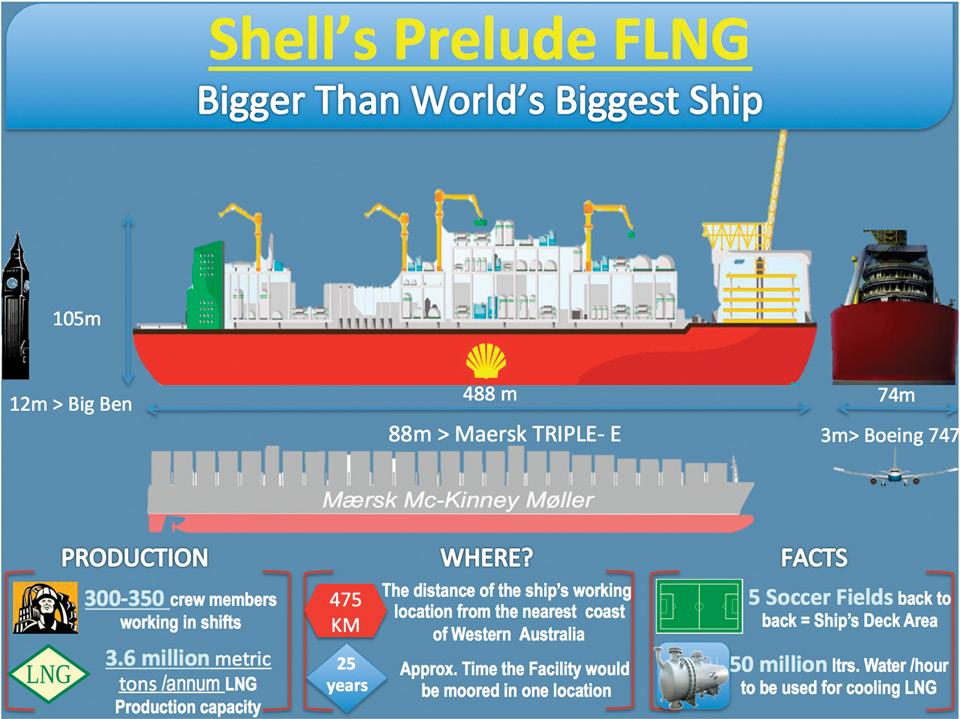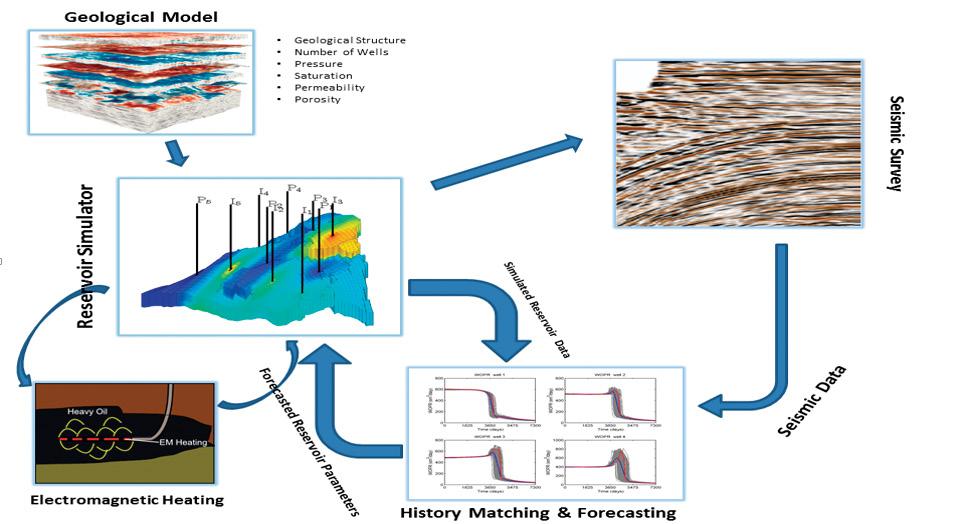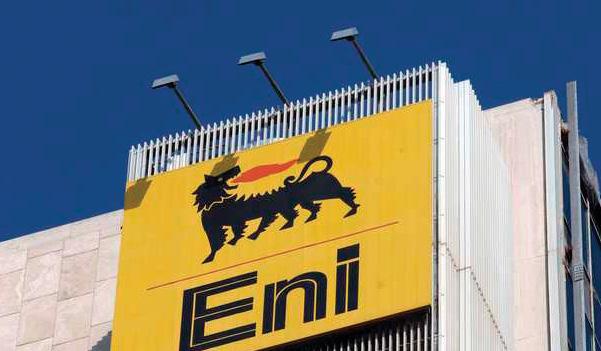
4 minute read
CASE STUDY
Shedid A. Shedid Technical Consultant and Professor NEXT-Schlumberger, Texas, USA
Advertisement
14 Enhanced reservoir characterization, is an essential requirement for better oil recovery from heterogeneous reservoirs. Several engineering techniques have been developed and used widely worldwide for reservoir characterization identifying hydraulic flow units, including Characterization Number (CN). In 2003, Shedid and Almehdiab developed a new concept called Characterization Number (CN) represented below. It includes square root of permeability by porosity in addition to other important parameters of the reservoir and its flowing oil.
qm sr
K K Cos rw ro o Woo 0067.1 2 ç ç è æ ÷ ÷ ø ö ç ç è æ ´ - CN =
÷ ÷ ø ö
j K
It is important to point out that k rw and K ro are respectively the relative permeabilities of water and oil at their endpoints. ,, Woo - sr and are the oil viscosity, oil-water Interfacial Tension (IFT), and oil viscosity respectively. o m
The end-points of relative permeability curves of oil and water are considered as an indication of the wettability of the reservoir rock. Application of the reservoir Characterization Number (CN) requires oil density to be expressed in Kg/m 3 , viscosity in centipoise, IFT in N/cm, and permeability in milliDarcy. The challenge in this technique is that it is frequently assumed it is working properly and capable of identifying the flow units. However, in practice, static rock properties are not representative of dynamic flow conditions and ignore the fluid properties in the reservoir. In addition, many models ignore these properties and sometimes different reservoir heterogeneity scales are mixed.
The main objectives of this study are to provide analytical evaluation and investigate the accuracy of field application of the Characterization Number technique. Actual field data from three heterogeneous oil reservoirs from Egypt, Iran and United Arab Emirates (UAE) are analyzed and used to investigate the accuracy and field implementation of this technique. The actual field results indicated that the application of Characterization Number technique (CN) has proven to be the most accurat in the identification of flow units with minimum scattering degree of data points. It gives an additional advantage of plotting data on a Cartesian Scale.
Beginning with the Egyptian oil field, discovered in late 1960s and started producing in December, 1974 at initial production rate of 25 Mbbl/day, four different reservoirs (two producing from Nubia C, and two producing from Upper Cretaceous). Nubia reservoirs are the main producing horizons in this field. A complete set of data of this field is used to apply different reservoir characterization techniques.

The Characterization Number (CN) is calculated using data from the field, and plotted versus SQRT(K/Ø). The application is capable of delineating seven flow units. The reason for this more refined reservoir description in Figure 1 is that the CN considers almost all the important variables of the reservoir rock such as Porosity, Permeability, contained fluid (oil viscosity and density) and other rock properties (relative permeability of oil and water, wettability, and oil-water IFT). Considering another field, an Iranian giant carbonate reservoir, Asgari and Sobhi developed a fully integrated approach for the development of rock type characterization. Figure 2 indicates characterization Number (CN) technique (2003). It indicates that the
CN is capable of identifying four flow units. This is another success for this technique to define flow units.
Another proof of the efficiency of CN technique is the UAE field. This Field is one of the major oil-producing reservoirs onshore in the UAE, where hydrocarbon accumulations lie in the Lower Cretaceous formations. The reservoir is a saturated oil reservoir with a huge gas cap and has an anticline structure. This is a carbonate heterogeneous oil reservoir.
Permeability and porosity of the reservoir rock have beenconsidered as two of the most important parameters for characterization.

Figure 2: Four Flow Units With The Separation of Dynamic Rock-Types Within Those Based on The Variability of Relative Permeability Curves
One can also use combinations of two or more rock properties to gain insight into the characterization of flow through porous media.
The Characterization Number (CN) is calculated and plotted versus SQRT(K/Ø) for reservoir using provided data from the field as shown in Figure 3, stating that this facies consists of three distinct flow units. The first flow unit is passing through wells 131, 136 and 137 unless there is a geological barrier. The second flow unit is different in its properties and it is for well 136.

Figure 3: Characterization Number versus SQRT(K/Ø) for Reservoir.
The CN concept uses a Cartesian plot and provides a low scattering degree. The CN technique also has another advantage of plotting more rock/fluid variables involved in the CN versus dual parameter of SQRT(K/Ø)
As a conclusion, the following results and interpretations were obtained from the study and the analysis of the three fields mentioned above: 1. Characterization Number (CN) proved to be the best technique in the enhanced reservoir characterization from the results stated above. 2. Characterization Number (CN) technique has indicated a very good identification of flow units for both sandstone and carbonate heterogeneous oil reservoirs. 3. For the used technique, stress effect has to be included and involved in future model/technique to consider the subsidence and overburden effects over extended life of producing reservoirs.






